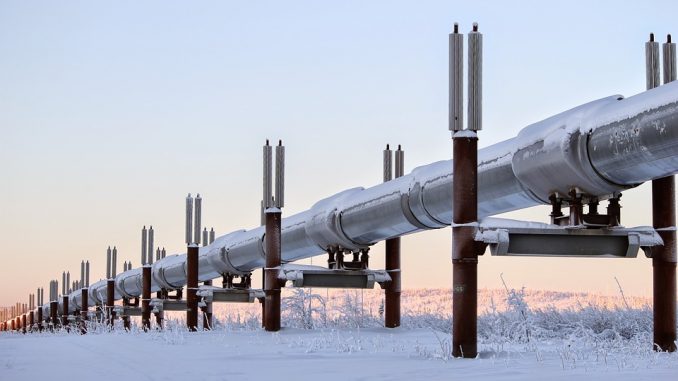
The oil industry is pivotal in Alberta’s economy, as the province is home to the third largest oil reserves in the world. Despite the recent cutbacks throughout the industry and the downturn of the provinces economy, the industry still employs many Albertans, and Canadians from every province and territory.
While people are generally aware of the oilfields role within the province, there are a lot of aspects about the industry that most people probably don’t realize. To help you understand what really goes on behind the scenes, we’ve put together this list of things you didn’t know about the oil industry.
1. There are actually many different types of crude oil
Crude oil comes in many forms. Crude oil varies in density, consistency, and even colour. Oils geographical locations offer unique properties regarding viscosity, volatility, and toxicity.
The four primary types of oil are: Light Distillates, Medium Distillates, Medium Oils, and Heavy Fuel Oils.
Canada exports over 300 million barrels per day to the US
The 300 million marked was reached for the first time in 2014, and continued rising into 2016, where it reached 340 million barrels per day. This is over 10 times the amount of oil that Canada was exporting to the US just three decades ago.
2. It is a predominately male industry
Currently, men make up almost 70% of the oil and gas industry in Canada. Actually, it is one of the least diverse industries in the country. This may be because of the dangerous nature of certain oilfield jobs, the “man-up” attitude in the fields, and the loneliness and solitude of being in camp.
3. Pigging is one of the most important pipeline processes
The term “pigging” refers to the process of running a “pig”, a bullet shaped device, through the pipeline to carry out various maintenance operations. This can include: cleaning, freeing the pipeline of debris, collecting data, and inspecting the pipes.
Pigging is incredibly important in keeping the pipelines as effective and efficient as possible, aiding in collecting and analyzing data, and reducing the risk of accidents caused by dirty or blocked pipelines.
4. Mental health problems are becoming more prominent amongst oilfield workers
Mental health issues and suicide rates have significantly increased in the oil and gas industry over the last few years. In an industry that is typically focused on the physical well-being of workers, the idea of being more aware of and reactive to mental health issues is a new notion, but one that is desperately needed.
This increase in mental struggle can be attributed to the recent cutbacks, the loneliness of shift work, and the lack of available support, for starters.
Highs and Lows You Didn’t Know
As with any industry, the oil and gas industry has both positive and negative characteristics. It is important for Canadians to have a better understanding of one of the provinces, and countries, leading industries. If these facts and statistics become more popular knowledge across the country, people may see the industry in a different way; they may appreciate the work and the workers more, help bring more attention to the mental health issues within the industry, and realize how truly important the oil industry is to our country.

Leave a Reply